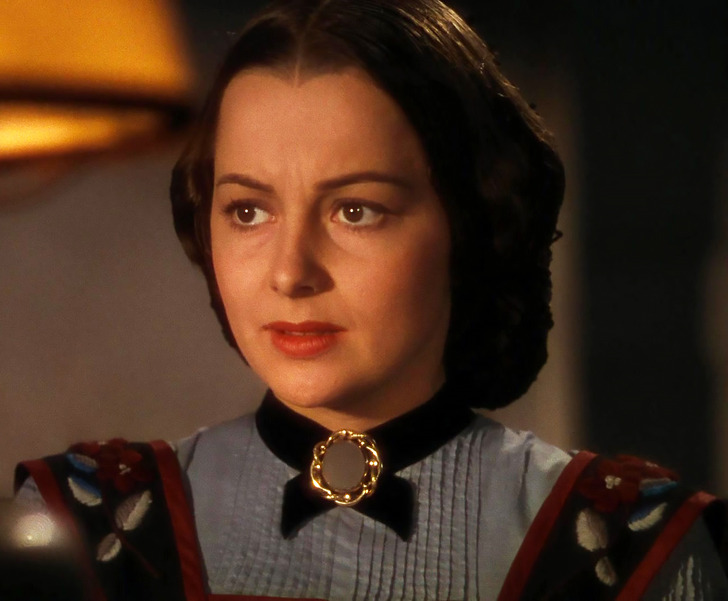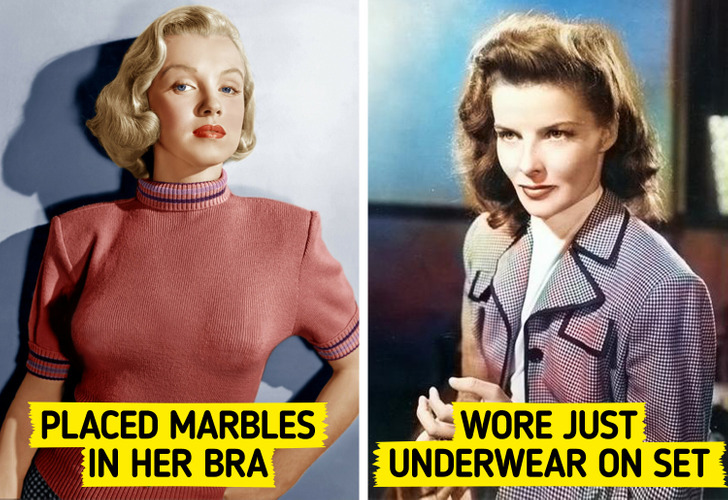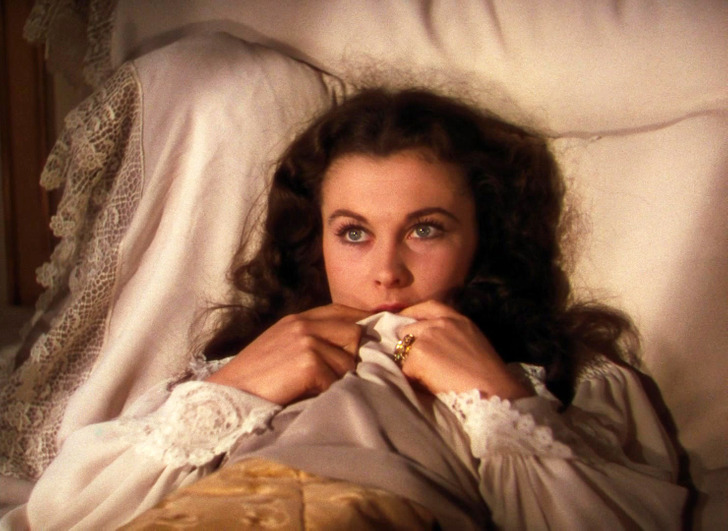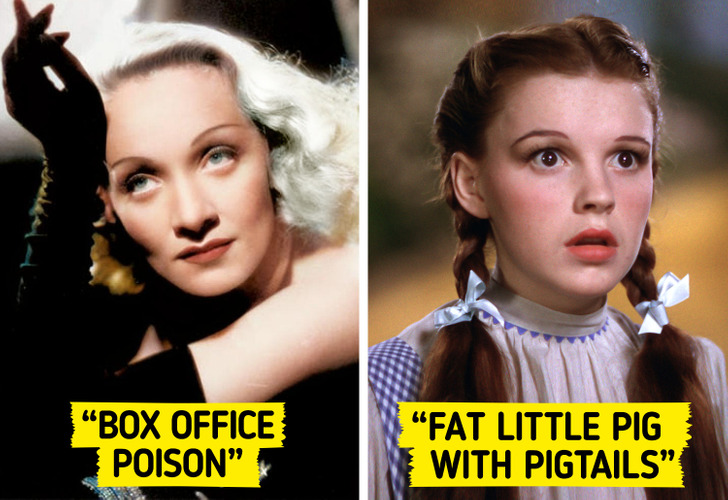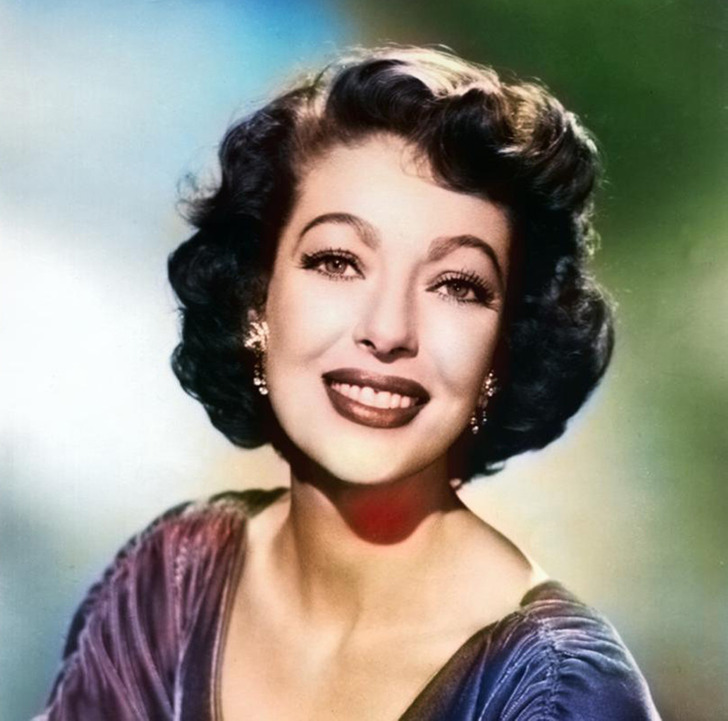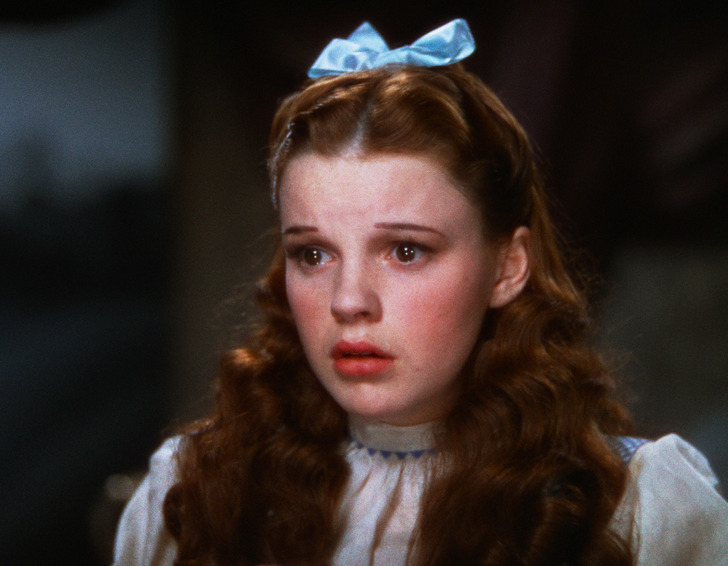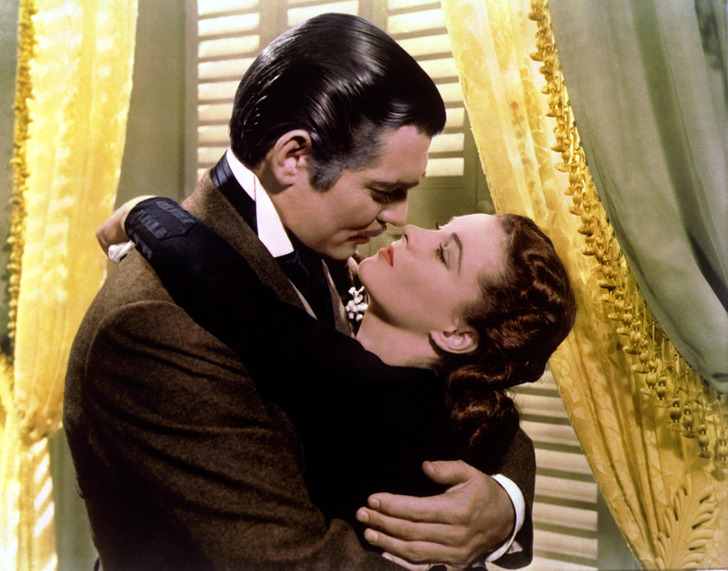20 Peculiar Things Old Hollywood Stars Had to Do That We Would Find Crazy Today
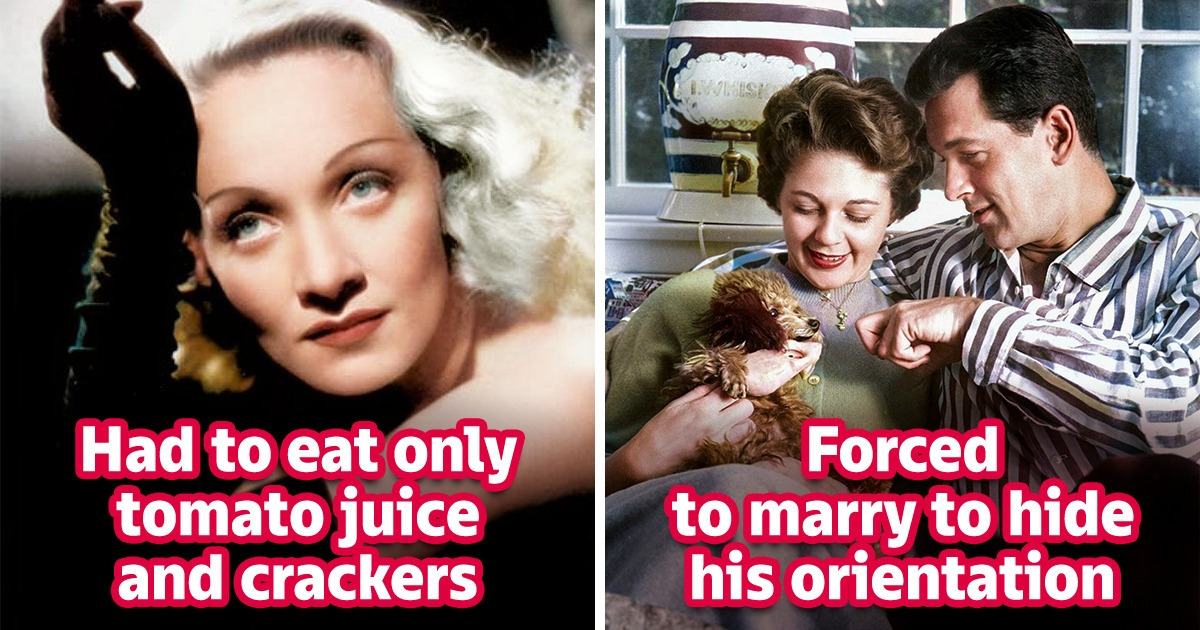
“A star is made, created; carefully and cold-bloodedly built up from nothing,” said Louis B. Mayer, the co-founder of MGM. And it was true. The studio that made a star had full control over their life: they told the actors how to look, what to wear, and how to behave, they made decisions about actors’ love affairs and even their families. This pressure sometimes ended up in tragedy: the life of actors would become a theater that affected their mental balance poorly.
The actors’ life was fully controlled.
- Actors who had a long-term contract with a studio didn’t have an opportunity to choose a role. So, they were forced to play the characters they were offered. If an actor refused to act in a movie, they could be suspended from work for a certain period of time, without the possibility to work elsewhere. Olivia de Havilland, who portrayed Melanie Hamilton in Gone With the Wind, was the first to beat the studio system. After a high-profile trial, studios had to conclude contracts with actors for no longer than 7 years.
- Studios assigned assistants to the actors who looked after them as if they were helpless babies. In fact, the assistants spied on every step of their “patrons” and created detailed reports on their behavior.
Working toward the ideal image through limitations.
- Marilyn Monroe’s curves were always in the limelight. So, to make her looks more fascinating, she placed marbles in her bras, or she’d take 3 buttons, sew them together and place those inside her dress.
- Actress Katharine Hepburn, who preferred pants over skirts, would wear blue jeans to the studio. Once, they were confiscated from her dressing room while she was on set filming. In this way, costume designers tried to persuade her to wear a skirt, but she instead returned to the set in her underwear and refused to cover herself until her jeans were returned.
- Weight gain was forbidden in many contracts. So, if an actress gained weight, she had to be put on a strict diet. When Greta Garbo moved to Hollywood, she had to eat nothing but spinach for 3 weeks, while Marlene Dietrich would eat tomato juice and crackers for a week when she wanted to lose some weight.
Studio bosses didn’t care about the health of their actors.
- Actors had to literally live on the film set. When filming Gone with the Wind, Vivien Leigh had to work 16 hours a day, 6 days a week, for 125 days.
- It was impossible to take sick leave or vacation during filming. All filming delays would come out of the actor’s paycheck. Once Judy Garland called in ill during a shoot, and she ended up owing the studio $100,000.
Insults were the part of the profession.
- Judy Garland’s food intake was under strict supervision. But the studio bosses who were worried about any extra weight on the diminutive star referred to her as a “fat little pig with pigtails.”
- In 1938, a few actresses who played in the movie flops of that year were named “box office poison.” The list of the actresses included Marlene Dietrich, Greta Garbo, Katharine Hepburn, and Joan Crawford.
- When Carole Lombard had her first meeting with the Columbia Studios mogul Harry Cohn, he said that her hair was too white and that she looked like a call girl. However, the actress was not one who could be easily frightened, and she managed to find a nice reply to this insult.
Maternity wasn’t good for an actress’s image.
- In order not to ruin their acting careers, actresses sometimes had to “adopt” their own children. When Loretta Young got pregnant, the studio workers helped her hide from view, and arranged for her to “adopt” her own child.
- An actress’s unplanned pregnancy could cause delays in film production and create a scandal, so studios didn’t welcome maternity. Besides, an actress had to maintain the image of the most desired woman, and childbirth could damage that.
Children had to work on par with adults.
- During the Golden Age of Hollywood, children had to work on par with their adult colleagues. Young Judy Garland worked 6 days per week, sometimes 18-hour shifts of constant singing and dancing. When she finished working on one movie, she would immediately start working on another.
- No one treated child actors in a special way. “Time is money. Wasted time means wasted money means trouble,” wrote Shirley Temple in her biography.
The actors had to behave in a modest manner during filming.
- From 1934 to 1968, the Hays Code was applied in Hollywood. Among other things, it prohibited passionate kissing on screen. So, an actor and an actress had to kiss according to the strict rules: a kiss could not last longer than 3 seconds.
- These strict rules referred to not just the characters in love but also the characters who were married according to the script. Married couples in the movies had to sleep in separate beds. This was how modesty was promoted.
- The Hays Code also required that women, in love scenes happening on a couch or bed, at all times had to have “at least one foot on the floor.”
The personal lives of the actors were under constant scrutiny.
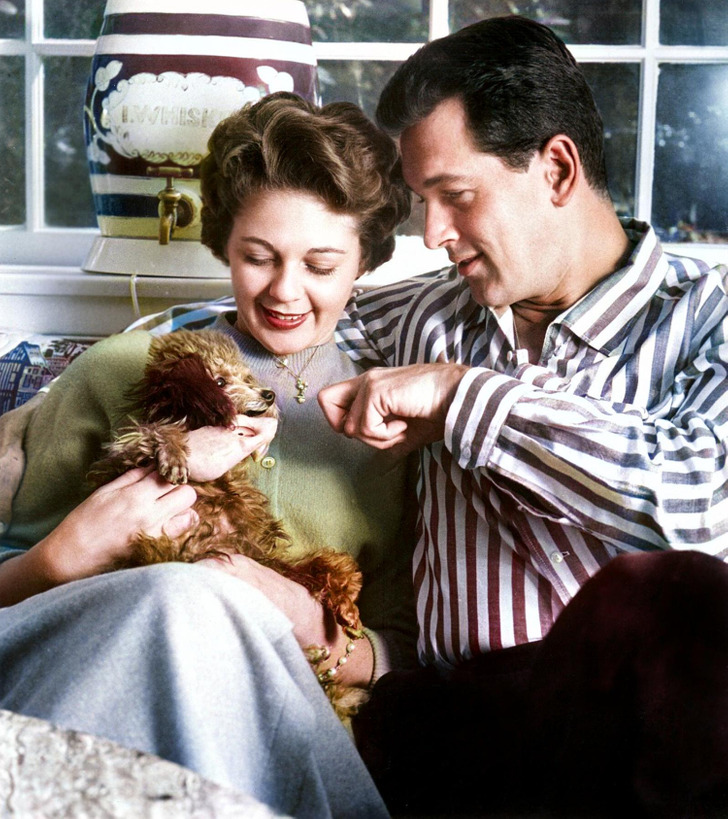
Courtesy Everett Collection / East News
- Elizabeth Taylor claimed that the film studio was in control of absolutely every aspect of her life. This was especially true of personal relationships. MGM management specially arranged a meeting between 16-year-old Elizabeth and soccer player Glenn Davis. The young people were engaged for one month, but the wedding never took place.
- When the 18-year-old actress was about to get married to Conrad Nicky Hilton, MGM took over the wedding arrangements to make it a media event. The marriage didn’t last long, but the event was good publicity for Taylor’s upcoming film at the time, Father of the Bride.
- The big studios of old Hollywood would also make actors and actresses follow so-called moral clauses. It was a set of things that could damage the image of a star or a studio. Gay relationships were banned, and this rule could not be broken. So, Rock Hudson was forced to marry Phyllis Gates to hide his orientation. Such relationships were called lavender marriages. A rare example of a star that managed to win her right to be herself was Marlene Dietrich.
Which requirements were the most outrageous in your opinion? Tell us in the comments below.
Preview photo credit The Lady Is Willing / Columbia Pictures and co-producers, Courtesy Everett Collection / East News
Share This Article
